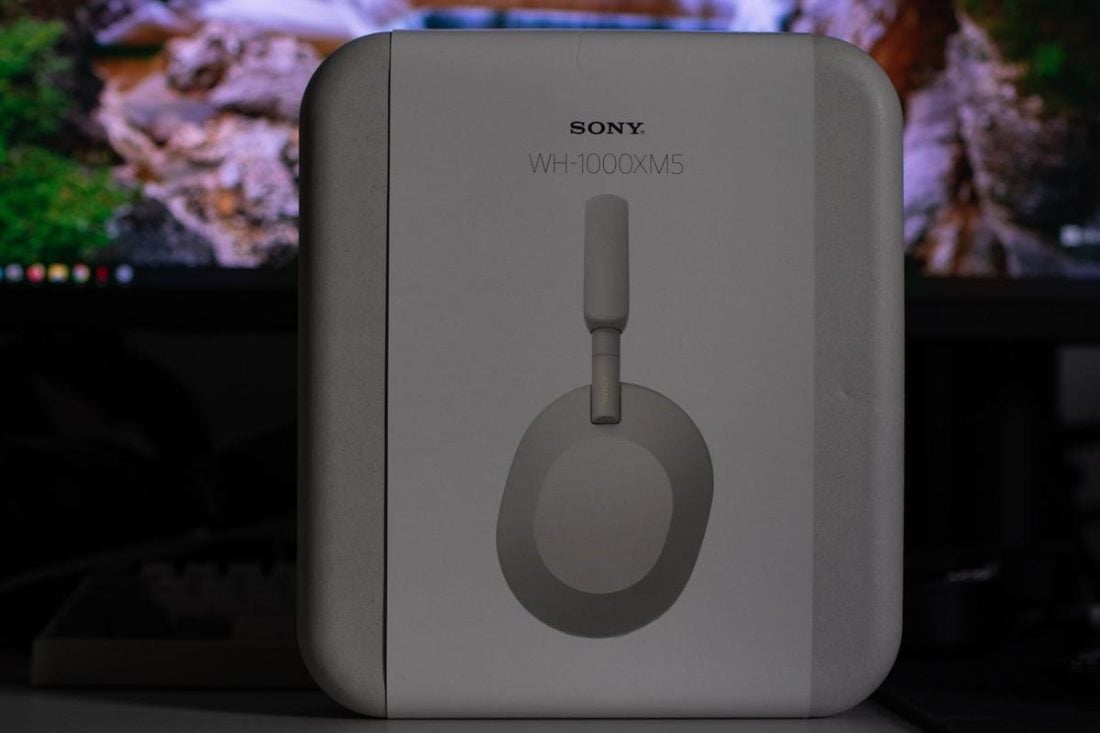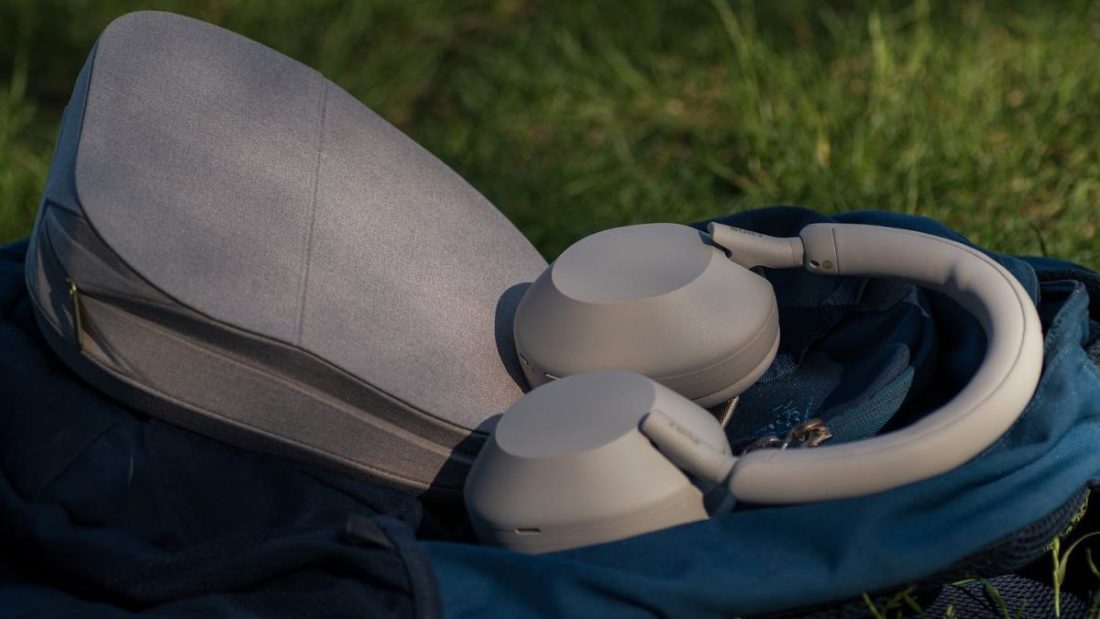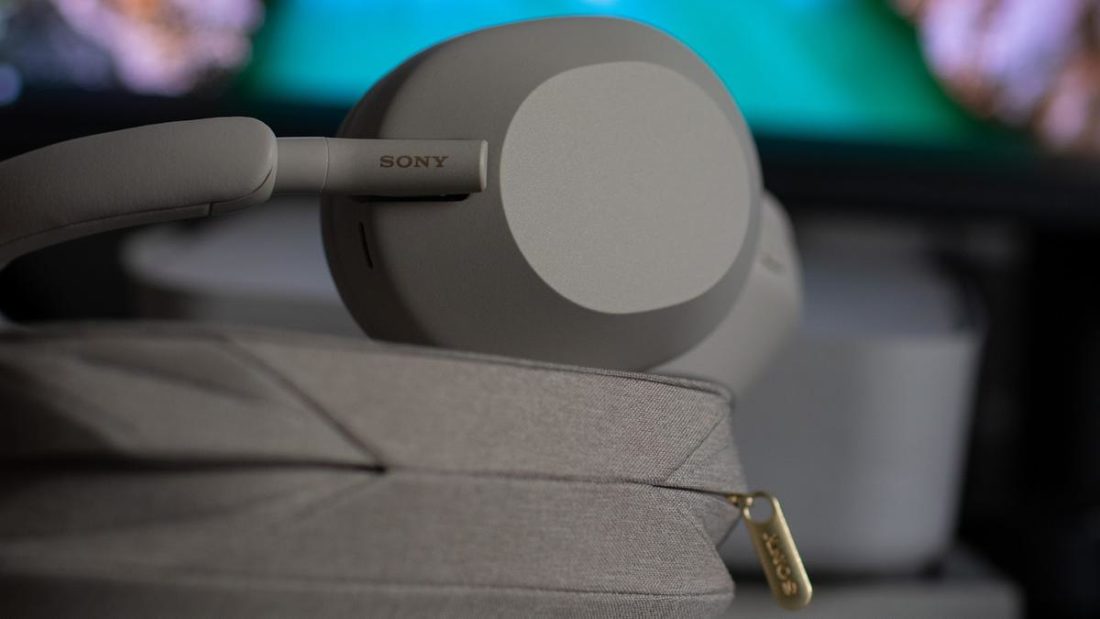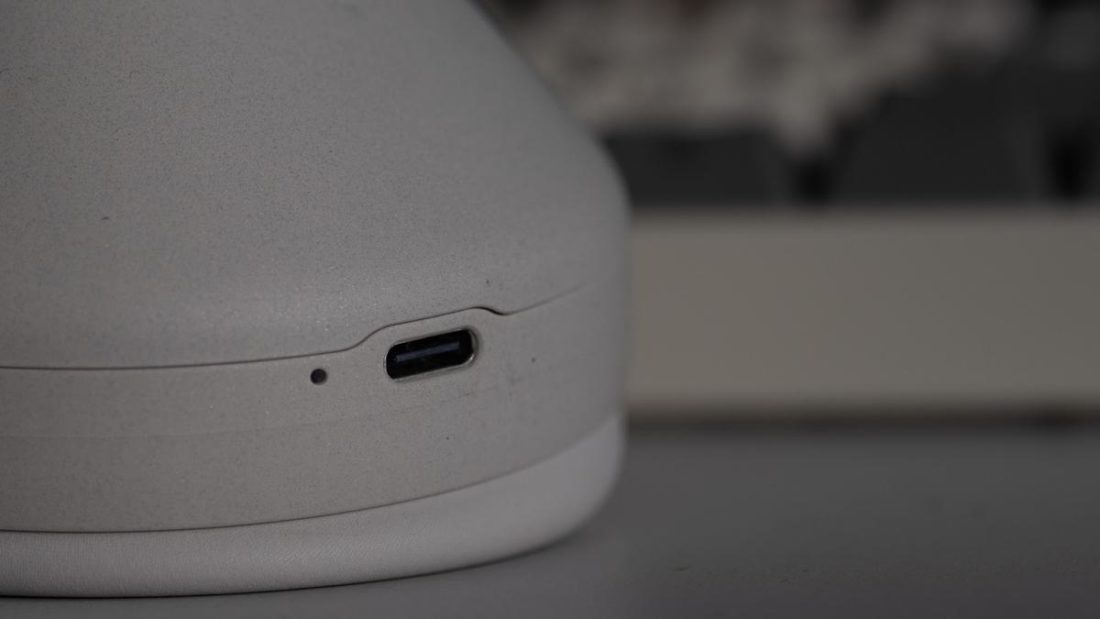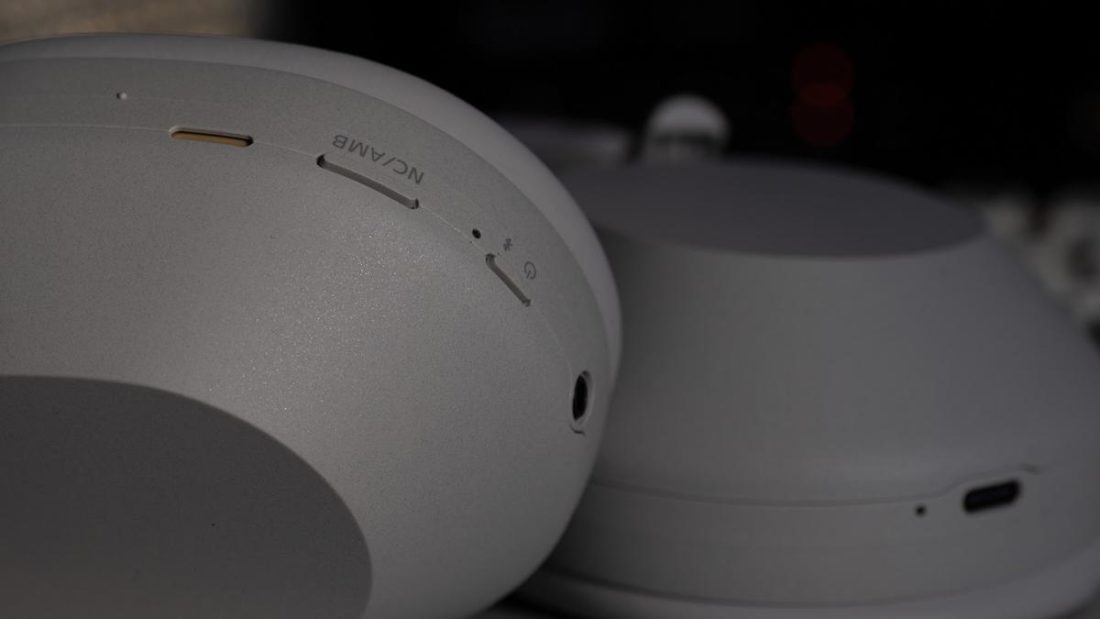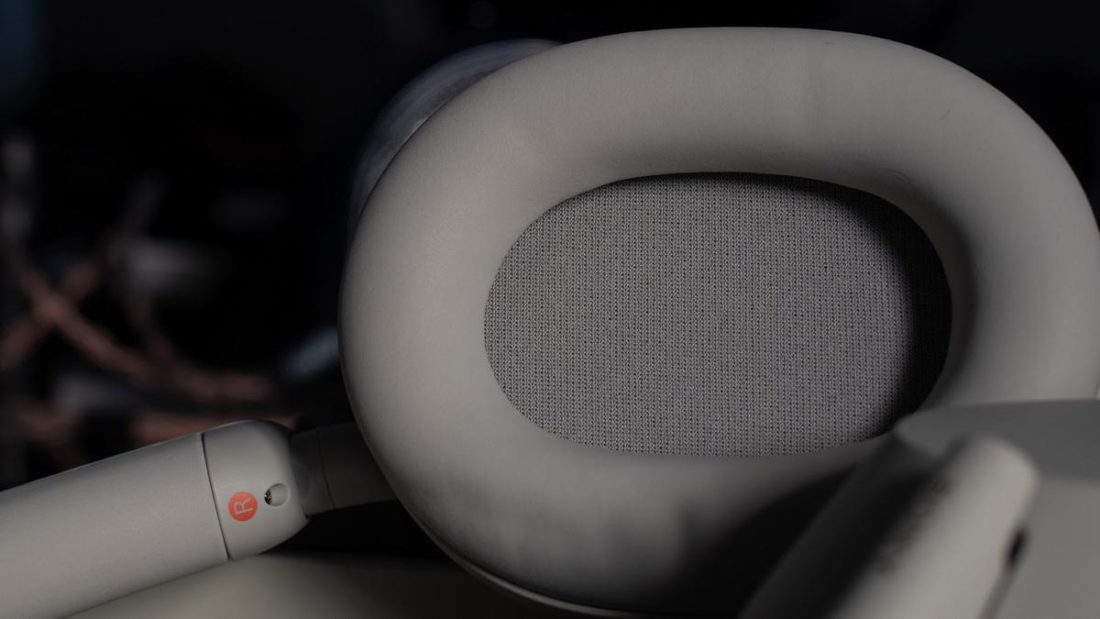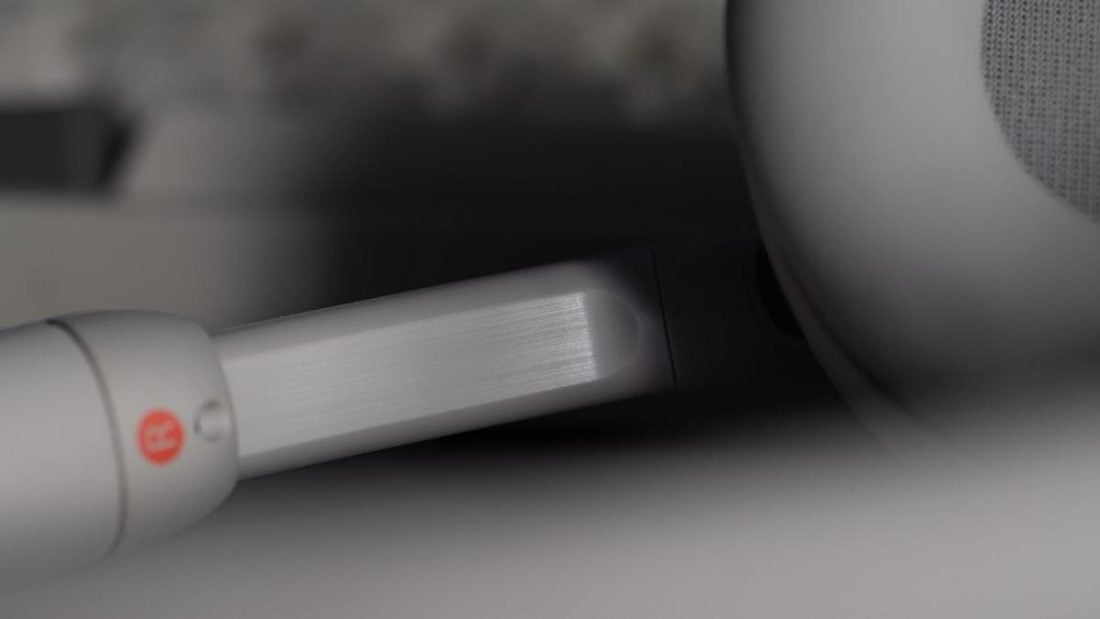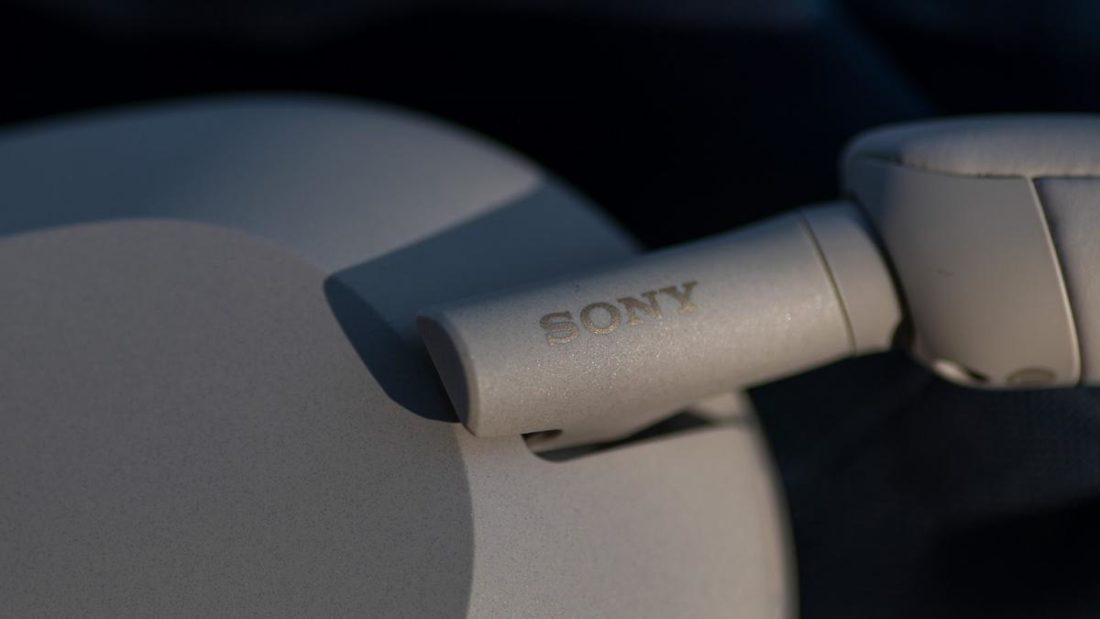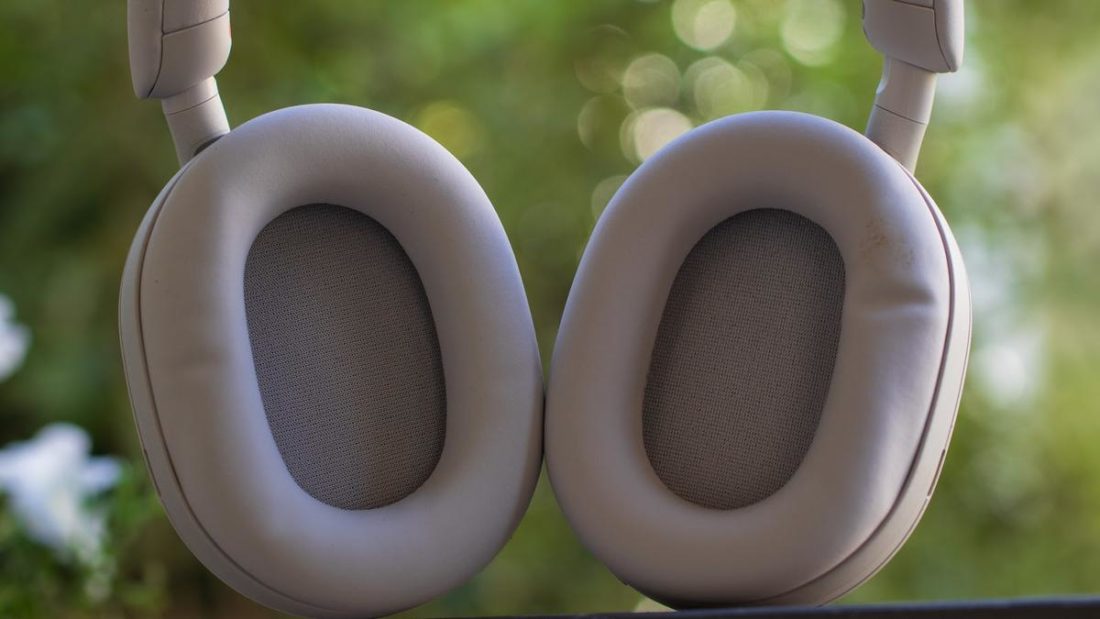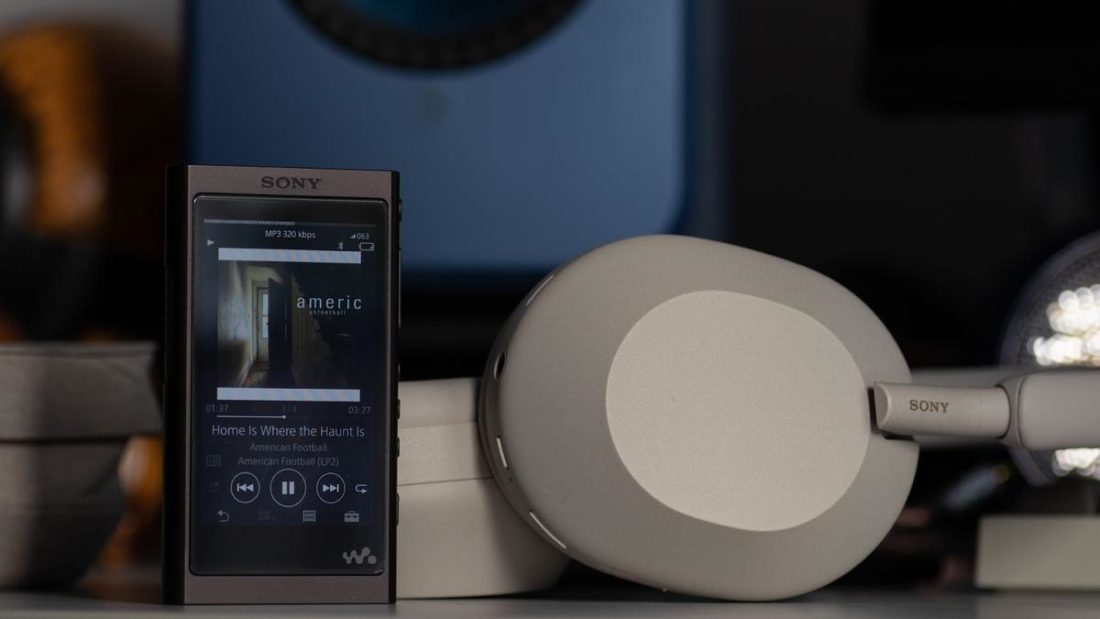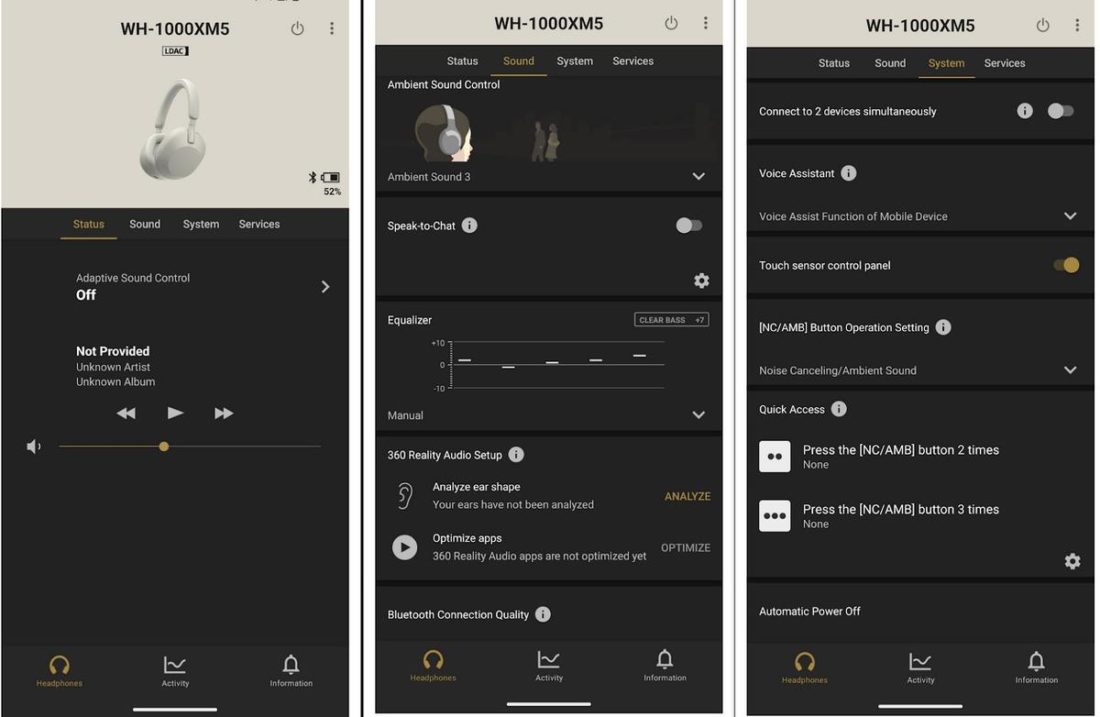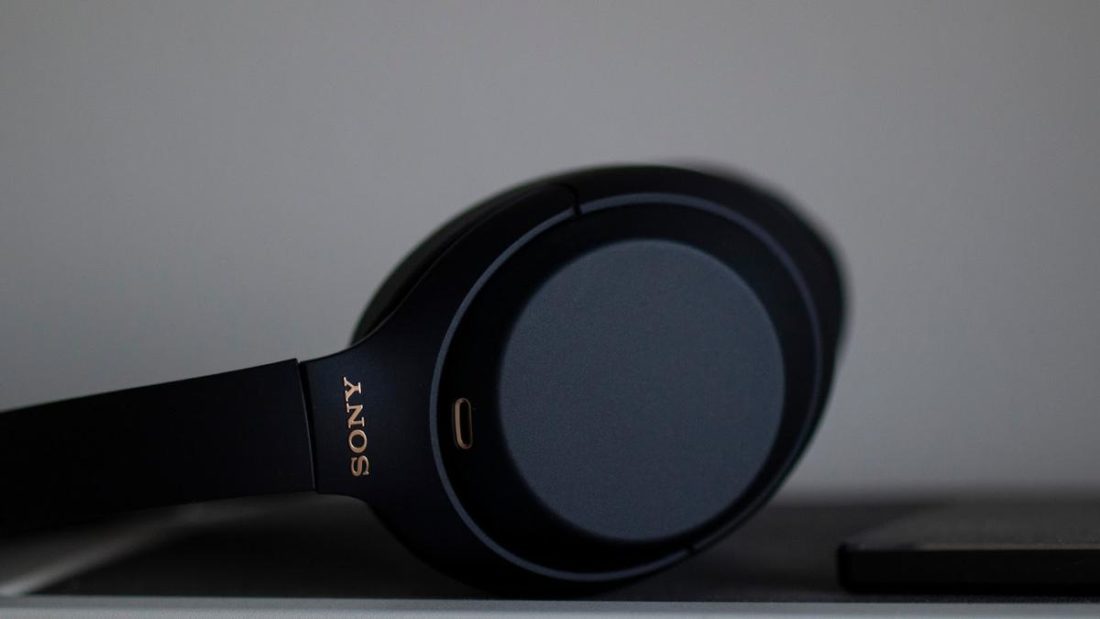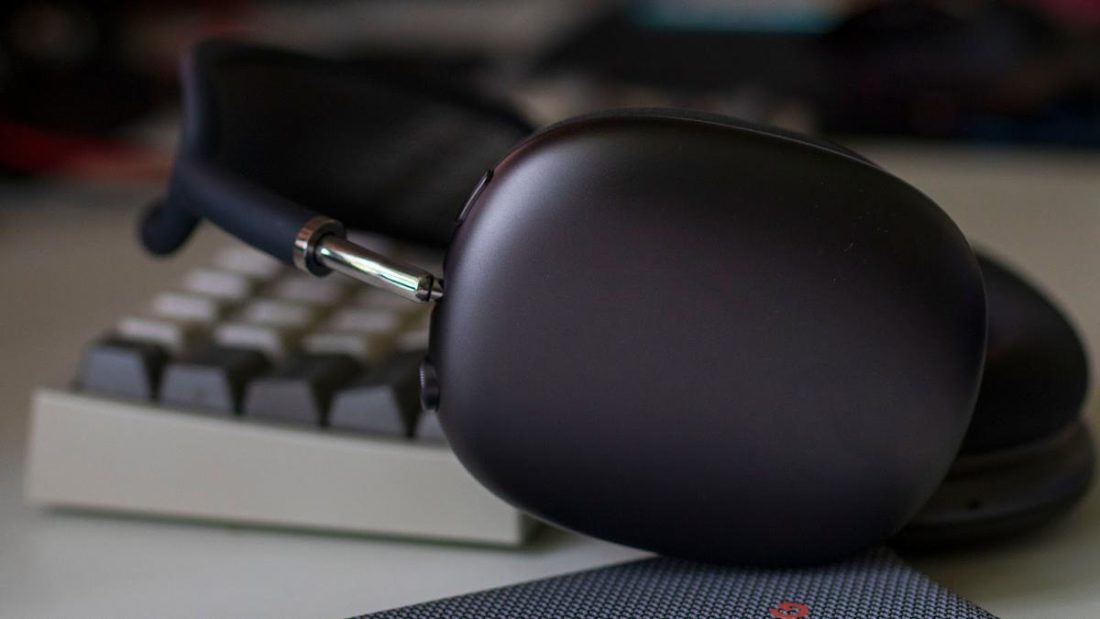Where to Buy
Introduction
Sony has garnered a reputation for producing some of the most popular Bluetooth headphones in the market, and their flagship WH-1000 series of headphones showcase the best they have to offer. The Sony WH-1000XM5 are the latest in line and claim to have class-leading Active Noise Cancellation (ANC) performance. They are also using a new 30mm carbon-dome driver that has been re-tuned based on feedback received on their previous model, the WH-1000XM4. Not all changes are welcome since some have lamented the removal of the ear-cup folding feature. Also the price premium over their predecessor gives pause. A lot may get overlooked depending on performance, so let’s see what sets the WH-1000XM5 apart from the competition.
Packaging
Sony went for an environmentally sound approach with zero plastic, which I appreciate. The result is a bland-but-functional package.
In the box
Sony WH-1000XM5 headphones 3.5mm to 3.5mm analog interconnect cable USB-C to USB-A charging cable Manuals Carrying case
The carrying case has a nifty pouch inside to store the cables. It doesn’t offer a lot of protection, though.
Battery
Battery Life: 30 hrs Charge Time (3 mins): up to 180 mins playback time
At around 30hrs, the battery life of the WH-1000XM5 is good but not exceptional, given the competition is pushing 80 hours of playback. I needed to charge the headphones once every week, for example. The quick charge function sets the WH-1000XM5 apart.
UX
Control Mechanism: Mechanical + Touch Touch Accuracy: Good Control Symmetry on both ear-cups: No Mono Use: No Right ear-cup hosts touch controls including swipe gestures Proximity sensor in the left-earcup for wear-detection
Sony has improved the touch gestures on the right ear cup by a country mile over their initial efforts. Now, the controls are almost second nature. They are very intuitive and work reliably. A short rundown of the available touch gestures:
Double tap: Plays and pauses audio. Also answers and ends a call. Swipe forward/backward: Skips to the next/previous track. Swipe forward/backward and hold: Fast forwards/rewinds through your track. Swipe up/down: Turns the volume up/down by one level. Swipe up/down and hold: Turns the volume up/down continuously until released. Covering the ear cup with the palm: Turns volume down to enable “talk-through” mode.
The right side also houses the type-C port with fast-charging support. The left side ear-cup also has the power/pair and ANC on/off buttons, the latter of which can be re-mapped via the app. The 3.5mm analog input is also on the left, but I’d suggest avoiding it as the sound via the wired connection is congested and muddy.
Design
Profile: Over-ear Material: ABS plastic Fit and Comfort: Average.
The entire construction is plastic. This has two advantages: light weight and RF transparency. The earpad and headband are padded with pleather, with soft memory foam underneath. Unfortunately, the feel in hand is not as premium as the price tag would suggest. The headband being plastic is another odd decision, as a metal headband would be far more robust. This is another pet peeve of mine as I can’t set the exact headband position. The headband has no notches, and the adjustment is smooth. The hinge mechanism allows for a 90-degree rotation of the earcups. It also helps move the earcups across the Y-axis to better seal against the user’s face. The earpads look and feel comfortable, but two issues arise when wearing them. First up – the clamp can exert extra pressure if you have a large head. Secondly, heat buildup during the summer makes using the WH-1000XM5 a challenge.
Mic
Noise Cancellation: Outstanding Voice Pick-up: Outstanding
There are 8 different microphones placed around both earcups (4 on each side). They not only manage to pick up audio even in the noisiest environment but also allow the user to talk in a normal voice without having to speak too loudly. Another function they serve is picking up the frequencies that need to be attenuated via ANC.
Mic demo
Sound
Driver: 30mm, carbon-fiber dome. Sound Signature: Slightly v-shaped Bass: Good Mids: Good Treble: Average Soundstage: Good Imaging: Good Dynamics: Good
Fortunately, the tuning can be altered via the app if the bass is too much for the listener. Taking the “Clear Bass” slider towards negative values will decrease bass.
Bass
Stock tuning of the 1000XM5 focuses on a sizable sub-bass boost, with the sub-bass being boosted by nearly +10dB over the lower midrange. Fortunately, the boost occurs below 300Hz, so the bass bloat does not encroach much into the mids. Bass is not the tightest, definitely not as tight as some wired planar-magnetics you can get in this price range. Bass texture is lacking, and deep, rumbling bass sounds “one-note” -ish. For a pair of BT headphones, though, I find fast bass notes being reproduced well for the most part. Distortion in the bass region is one of my pet peeves with most BT headphones and earphones. The WH-1000XM5 fares better here when using the LDAC codec, though distortion can be noticed if you increase the volume to unhealthy listening levels.
Mids
The upper-midrange is boosted by a big margin over the lower-mids, +12dB or so. The bass boost counter-balances this, and you are left with a warm, thick-sounding midrange for the most part. Tonality of the mids are correct, as the upper-mids peak near 3kHz, and there is no abrupt bump between 1-3kHz. I wish the lower mids were lifted by a few dBs, as baritone vocals sometimes lack body and presence. Nonetheless, WH-1000XM5 avoid shout and shrillness without making the mids sound too drowned out. Sony got the mids mostly right given the target sound signature that emphasizes the low-end.
Treble
Treble is perhaps the weakest aspect of the WH-1000XM5, with the upper treble response being practically dead. Most of the treble presence comes via a 6kHz bump as the treble rolls off past that. On the plus side, this reserved treble response ensures a relaxing listen with no sibilance or harshness. On the negative side, this makes string instruments sound somewhat blunted at times, noticeable on the guitar strums of Damien Rice’s Canonball. Cymbal hits do not have their characteristic resonance, and the sense of air is absent in tracks. I tried to EQ in extra treble via the app, but it didn’t help much.
Dynamics
Due to the muted treble, macrodynamic punch lacks a sense of grandeur. Microdynamics (subtle shifts in volume) are better handled but are not as apparent as I’d like them to be.
Soundstage
Soundstage has good depth, though width is average. Given the context of closed-back BT headphones, the WH-1000XM5 perform well here, even if the end result is not spectacular.
Imaging
Imaging is surprisingly solid, with good left and right delineation. Ordinal imaging (top-left, bottom-right) is a weak spot, and so is center-imaging. Again, this is a good performance for a pair of BT headphones, even though nothing special in the larger scheme of things.
Active noise cancellation
With the ANC turned on, the sound signature of the WH-1000XM5 barely changes. The ANC also allows listening to the headphones at lower-than-required volumes.
Connectivity
Audio Codec: SBC, AAC, LDAC Bluetooth Version: 5.2 Auto-connect when: Picked up or worn Average drop-outs in an hour: 0 – 2 times Multi-point connection: Yes
The connection is rock-solid, and pairing is fairly simple once the headphones are put in pairing mode (pressing the power button for 5 seconds or so).
Waterproof
IP Rating: Not rated.
No official IP rating here, which is a bummer.
Software
Available on: iOS, Android 5-band EQ DSEE-HX and 360 Reality Audio Clear-bass allows for increasing or decreasing sub-bass amount Ability to save and import profiles across devices Auto Pause: when taken off the head.
Comparisons
Sony 1000XM5 Vs. Sony WH-1000XM4
The WH-1000XM4 attracted rave reviews upon launch, but I found them poorly tuned. The lower-treble peak was grating, and the bass was out-of-control. You could turn them into something serviceable after EQ-ing via the app, but that’s more of a band-aid fix. Fortunately, Sony took the criticisms well and fixed most of the issues the XM4 suffered from. The build is similar, and some may lament the lack of folding earcups on the newer model. The bass is better defined, the mids sound correct for a change, and the treble is far smoother and relaxed in tone. Staging and imaging are also somewhat improved, and so is separation. The ANC is further improved, and the nifty quick-charge feature is welcome. If you own the WH-1000XM4, the WH-1000XM5 deserves an audition. If you own one of the older 1000XM models and are considering upgrading, the 1000XM5 is a no-brainer. The price hike over older models is perhaps the biggest concern.
Sony 1000XM5 Vs. Apple Airpods Max
Apple’s flagship Airpods are unlike any other BT headphones in the market. Aluminium vs. plastic – I know which one I am gonna pick. From a build quality perspective, they blow the WH-1000XM5 away. The RF antenna on the Airpods Max is etched onto the aluminium chassis, so the signal remains strong despite a metal build. In terms of sound, it’s somewhat strange that the Airpods Max sound better when connected to iPhones/Macbooks than when to an Android phone (my Pixel 4XL in this case). The mid-treble peak near 9kHz becomes more prominent on non-Apple devices, so make of that what you will. The bass on the Airpods Max is less prominent, and they focus more on midrange clarity than outright bass punch. The treble is also more present, though the 9kHz peak rears its head every now and then, causing fatigue. Imaging and staging are somewhat similar on both these headphones, though I sometimes find the Airpods Max to sound overly processed. Apple also does not support “lossless” codecs on the Airpods Max, which may explain things. As a bonus, Airpods Max have official water and dust resistance, unlike the Sony offering. ANC is better on the WH-1000XM5, whereas the Airpods Max have a better implementation of the “transparency” mode (where you can hear the sound around you through the headphones). Overall, these headphones trade blows, but I find the WH-1000XM5 more flexible across devices and platforms. If you are locked in the Apple ecosystem, though, the Airpods Max might be a better purchase, even though I abhor their carry case.
Conclusion
Sony made noticeable tuning and ANC performance improvements on the WH-1000XM5, but those improvements come at an increased price. The build quality also leaves me wanting. I wish Sony allowed for a more granular equalization and that the treble is not as dark as it is in stock form. Most of my issues with the WH-1000XM5 are nitpicks, but given the price premium, such minor details matter. The Sony WH-1000XM5 are the best Sony Bluetooth headphones so far and one of the most well-rounded Bluetooth headphones around. Look no further if you need class-leading ANC with a mostly inoffensive sound signature. Just be ready to pony up the price premium.
